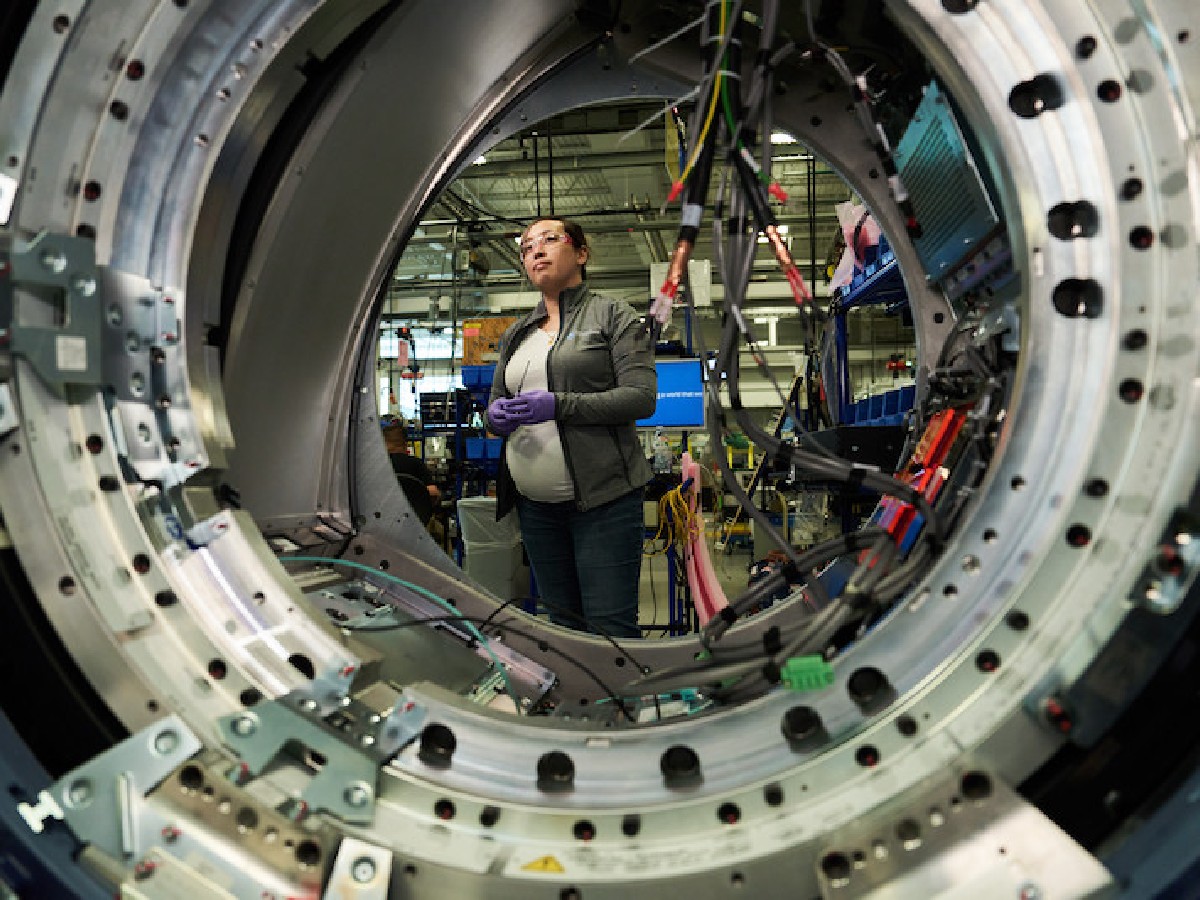A leading global medical technology, pharmaceutical diagnostics, and digital solutions innovator, GE HealthCare, reported strong revenue growth for its first quarter of 2023. Growing demand from healthcare providers around the globe and an easing of supply chain issues boosted performance across the company’s four segments, GE HealthCare President and CEO Peter Arduini said.
Reported revenue was up 8%, while organic revenue* grew 12% from the first quarter of 2022. Adjusted earnings before interest and taxes (EBIT)* grew 11% to $664 million. The company’s board also declared a dividend of $.03 per share, reflecting what Arduini called a disciplined strategy of allocating capital and a commitment to returning value to shareholders.
GE HealthCare spun out of parent GE at the start of 2023 and trades on the Nasdaq stock market under the ticker GEHC. The company makes a wide range of precision care products, from MRI and CT scanners to ultrasound systems, patient care monitors, and imaging agents, as well as artificial intelligence and data services to help improve how hospitals and clinicians deliver healthcare to patients both in and out of hospitals.
“I’m very pleased by the solid performance we delivered in our first quarter as an independent
company,” said Arduini in a call with investors and analysts. “Our team continues to be passionate about making a difference for our customers and patients.”
Better Performance From Untangling Supply Chains and Applying Lean Principles
Arduini attributed the company’s healthy financial performance to a range of positive factors including improvements in delivery, improved pricing, and commercial execution. Profit margins also improved, with adjusted EBIT margin* at 14.1%, growing 150 basis points versus the company’s estimated 1Q 2022 standalone adjusted EBIT margin.* The company expects the trend of improving margins to continue.
“While we’re pleased with our margin performance during the quarter, there is room for improvement,” noted Chief Financial Officer Helmut Zodl. “We have lean action plans in place to continue to expand margins further through volume, price, and productivity initiatives.”
Arduini also highlighted exciting focus areas in the business, including GE HealthCare’s recently announced FDA 510(k) clearance of CARESCAPE Canvas, a new bedside patient monitor that clinicians can customize to monitor a wide range of vital signs such as blood pressure, oxygenation, and lung function in an intuitive format that’s easy to use. Because Canvas can be easily adapted for a particular care need, a single device can serve acute patients in the ICU as well as less acute patients in a recovery ward, making it flexible, standardized, and easy to upgrade over time.
The need for CARESCAPE Canvas and the concept of FlexAcuity really hit home for GE HealthCare engineers during the COVID pandemic, when, overnight, patient monitoring devices were in high demand all over the hospital to closely monitor the vital signs of seriously ill coronavirus patients in need of ventilators and other interventions that require close monitoring of vital signs.
Making Acquisitions That Advance Precision Care for Patients
GE HealthCare has also been acquiring companies with promising precision care technology. In diagnosing disease, artificial intelligence plays an increasingly vital role in improving the quality of images captured by X-ray, ultrasound, and MRI, as well as in helping healthcare professionals interpret those images. Caption Health, which GE HealthCare announced it was planning to buy in February, specializes in AI-enabled ultrasound, allowing more types of providers to conduct echocardiograms, which use ultrasound to image the heart. Easier and faster ultrasound scanning enables more novice users to conduct scans, which could lead to increased access and earlier detection of heart disease in at-risk patients.
French company IMACTIS, which GE HealthCare also recently acquired, makes a novel CT navigation software that assists doctors in conducting biopsies and treating tumors by showing them exactly where their needles should go in real time, essentially providing them with GPS to help navigate a patient’s anatomy. As a result, interventionalists can work faster and with greater precision as well as reduce the number of control scans and potential radiation dose to patients and interventionists.[i] Read more here.
Looking ahead, Arduini said that GE HealthCare continues to expect organic revenue growth* between 5% and 7% for the full year 2023, in line with previous guidance, as outlined below.
“We’re pleased with the strong start to the year,” said Arduini. “We see significant opportunity ahead as we continue to innovate and solve some of the greatest challenges that our customers face in delivering high-quality patient care inside and outside of the hospital.”
*Non-GAAP financial measure. See our press release for important information on our non-GAAP financial measures as well as our Outlook and forward-looking statements.
NOTES
[i] As each hospital is unique, results may vary. GE HealthCare does not guarantee the results identified herein.


